How to Buy Pearls: Everything You Need to Know

Pearls, nature's exquisite gems, have captivated humanity for centuries with their lustrous allure and timeless elegance.
In this informative piece, we delve into the essence of pearls, exploring their origins, mesmerizing beauty, and rich historical significance as symbols of wealth, status, and love.
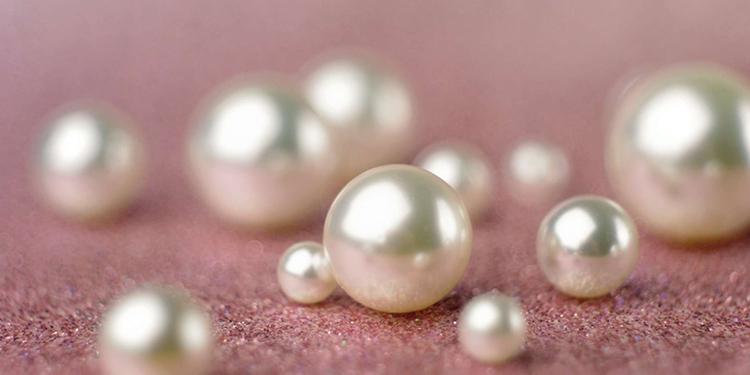
Whether you're a first-time buyer or a pearl enthusiast, join us as we unravel the secrets of these treasured gems, providing you with the knowledge and confidence to make the perfect pearl purchase.
Let's embark on this journey into the enchanting world of pearls.
Types of Pearls

Natural Pearls
Natural pearls are formed organically inside oysters and mollusks when an irritant, like a grain of sand, enters their shells.
As a defense mechanism, the mollusk secretes nacre around the particle, creating a pearl over several years.
Due to their lengthy formation process, natural pearls hold immense value and are highly prized by collectors and connoisseurs.
Cultured Pearls
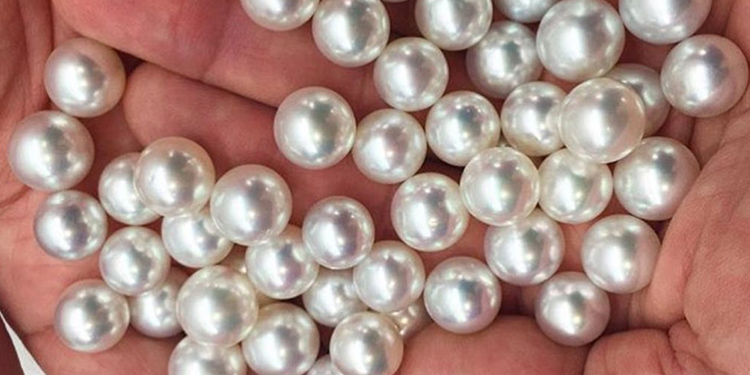
Cultured pearls are created through a process known as pearl cultivation, where humans intervene to stimulate pearl formation.
Various cultivation techniques are employed for different types of cultured pearls:
1. Akoya Pearls: Cultivated in saltwater using Akoya oysters, these pearls are renowned for their round shape, smooth surface, and beautiful luster.
2. Freshwater Pearls: Grown in freshwater mussels, these pearls come in various shapes, sizes, and colors, making them more accessible and affordable.
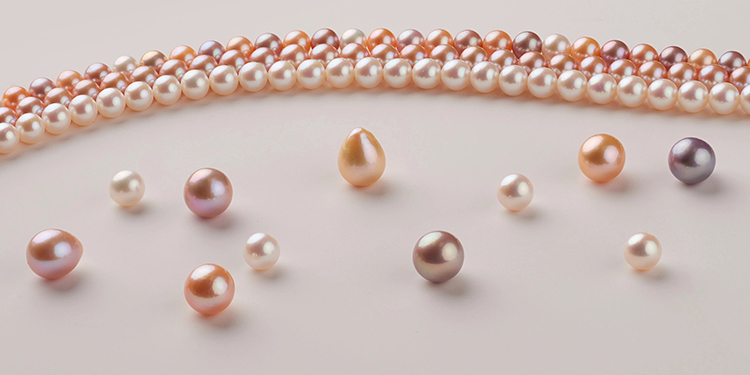
3. South Sea Pearls: Cultivated in large saltwater oysters in the South Sea, these pearls are celebrated for their exceptional size and captivating beauty.
4. Tahitian Pearls: Cultivated in French Polynesia, these pearls showcase a stunning array of dark colors, ranging from black to grey to peacock green.
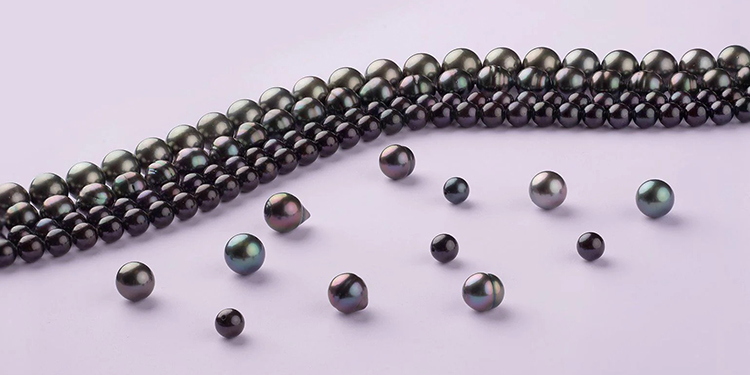
Imitation Pearls
Imitation or faux or fake pearls are artificial and do not originate from natural substances.
They are typically crafted from glass, plastic, or other materials.
Although more affordable, imitation pearls need more depth and luminosity than natural pearls.

Distinguishing between imitation and natural pearls can be done by observing the surface texture, weight, and response to light.
Genuine pearls will exhibit unique imperfections and a warmer glow than their imitation counterparts.
Choosing the Right Pearl Jewellery
When choosing the right pearl jewelry, several essential factors should be considered to ensure a stunning and harmonious look.
Matching The Pearls To Skin Tone
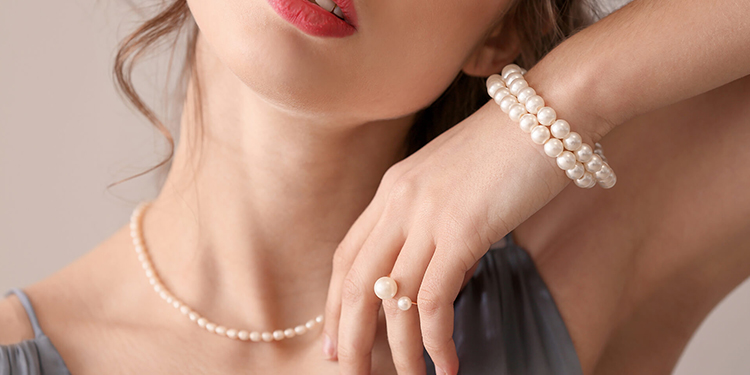
It's crucial to match the pearls to your skin tone.
For those with fair complexions, pearls with rosy or silver overtones, such as Akoya pearls, can create a lovely contrast.
Meanwhile, individuals with warmer skin tones may find Tahitian pearls, with their dark hues and green overtones, complement their complexion beautifully.
Complementing Face Shape With Pearl Jewellery
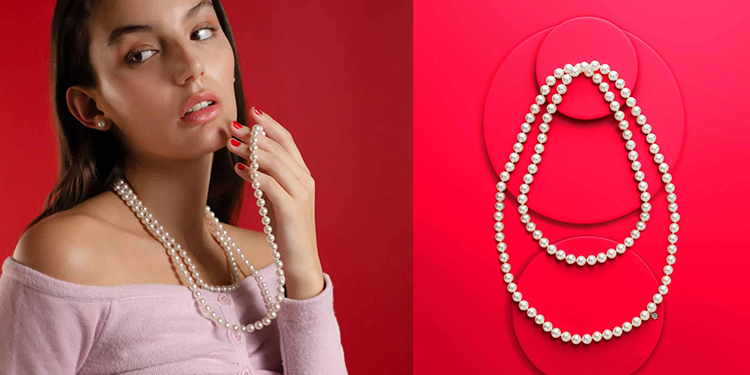
In addition to skin tone, it's essential to consider how the pearl jewelry will complement your face shape.
For those with round faces, longer pearl necklaces or dangling earrings can elongate the appearance of the face.
On the other hand, individuals with more angular faces may opt for shorter necklaces and rounded pearl earrings to soften their features.
Assessing Personal Style And The Occasion
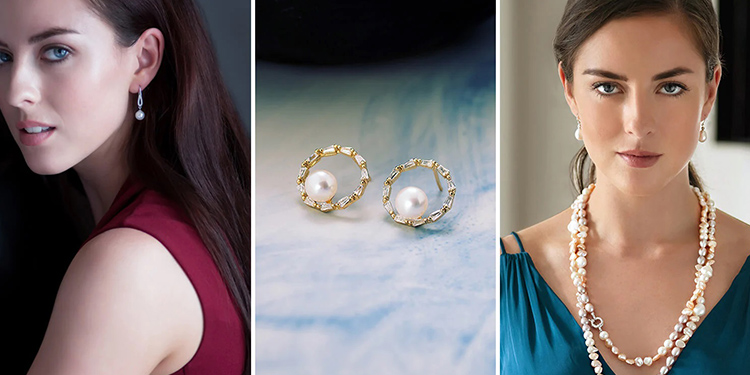
For a classic and elegant look, timeless pearl strands or stud earrings are a safe choice.
On the other hand, if you prefer a more contemporary and edgy style, baroque pearls or pearl-accented statement pieces can add a unique touch.
Lastly, consider the occasion for which you are purchasing the pearl jewelry.
Delicate and understated pieces are ideal for everyday wear, while grander and more elaborate designs can elevate your look for special events.
Understanding Pearl Treatments
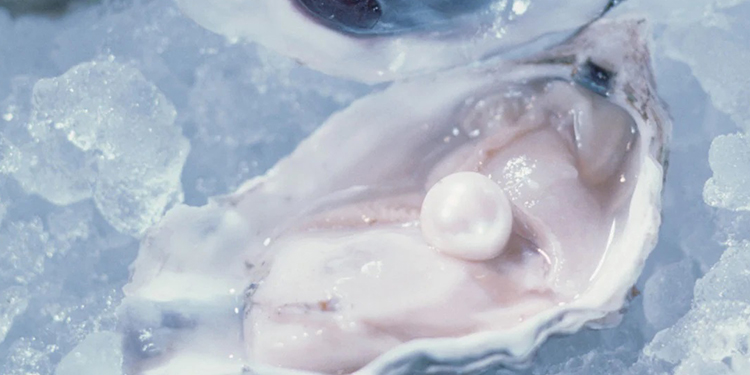
When it comes to pearls, it's essential to be aware of the various treatments they may undergo, as these treatments can significantly affect their appearance and value.
Let's explore the three main types of pearl treatments:
Natural Treatments
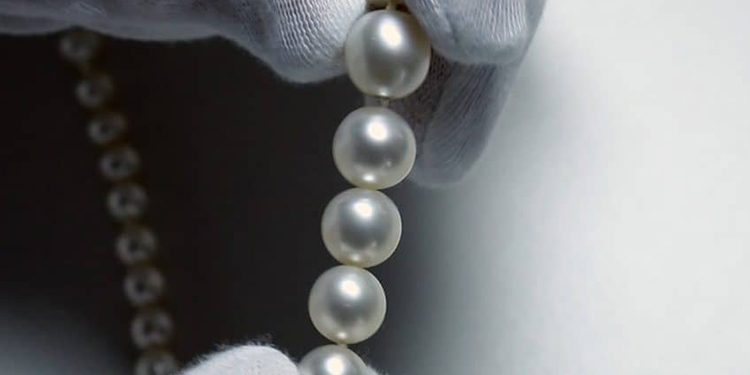
Some pearls may undergo natural treatments, which involve minimal intervention.
These treatments often include cleaning and buffing the pearls to enhance their luster and remove surface imperfections.
Natural treatments aim to accentuate the inherent beauty of the pearls without altering their fundamental properties.
Bleaching and Dyeing Pearls
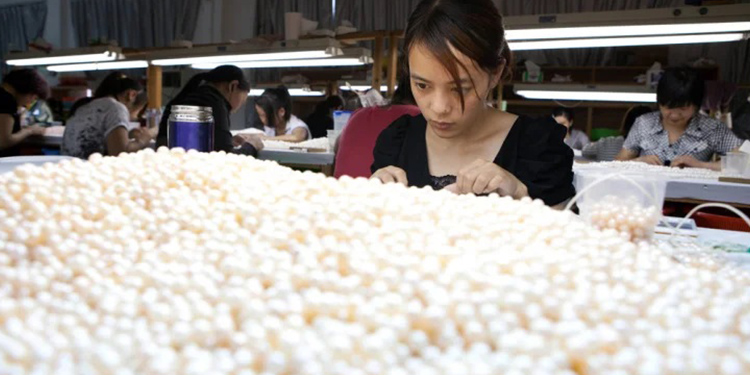
Bleaching is a standard treatment used to lighten the color of pearls, making them appear more uniform and desirable.
Additionally, pearls may undergo dyeing to attain a specific hue, offering a wide range of colors beyond their natural shades.
While these treatments can enhance the visual appeal, it's essential to be cautious when buying dyed pearls, as the dye may fade over time.
Irradiation and Heat Treatment
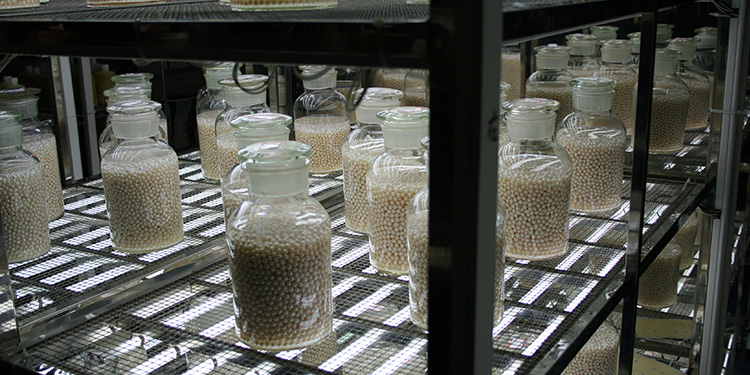
Irradiation and heat treatment are processes used to alter the color of pearls.
Irradiation involves exposing pearls to radiation to change or enhance their hue, while heat treatment can lighten or darken the pearls' color.
These treatments can produce stunning results, but disclosing them transparently is crucial during the purchase.
Pearls As Investment
Investing in pearls has gained popularity as an alternative asset, providing an opportunity for aesthetic pleasure and potential financial growth.
Understanding the factors influencing pearl value appreciation is crucial for making informed investment decisions.
Factors That Influence Pearl Value Appreciation
1. Rarity: Exceptionally rare Pearls, such as natural pearls, are highly valuable due to increased demand.
2. Size and Shape: Larger and perfectly round pearls often command higher prices as they are more challenging to cultivate and find.
3. Lustre: A pearl's luster, the radiant glow on its surface, significantly affects its value. High-quality pearls with a mirror-like luster are sought after by investors.
4. Surface Quality: Pearls with fewer blemishes and imperfections are more in demand than those with more flaws.
5. Origin: Pearls sourced from specific regions, like Tahitian or South Sea pearls, can carry premium prices due to their unique characteristics and rarity.
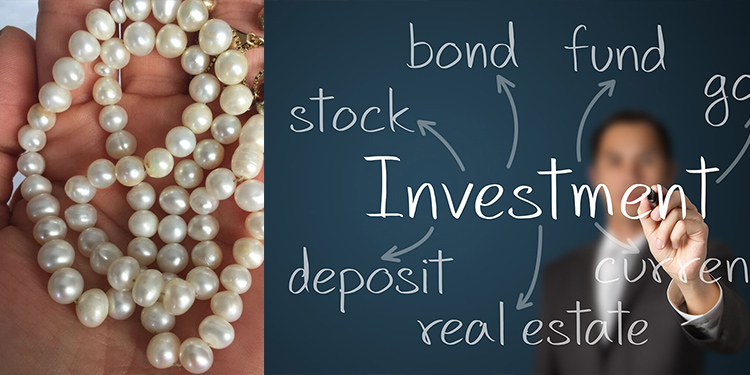
How to Assess Pearl Investment Opportunities
1. Research: Educate yourself about different types of pearls, their characteristics, and market trends before considering any investment.
2. Source Authenticity: Verify the authenticity of pearls by obtaining certificates from reputable gemological laboratories.
3. Establish a Budget: Determine a budget that aligns with your investment goals and risk tolerance.
4. Long-Term Outlook: Understand that pearl investments may require a longer holding period to realize substantial appreciation.
5. Diversification: Consider including pearls as a part of a diversified investment portfolio to mitigate risks.
As with any investment, it is crucial to consult with experts or specialists in the pearl market to make well-informed decisions and maximize the potential benefits of pearl investments.
While pearls can be a valuable and rewarding investment, various economic factors can influence the market, so prudent research and careful planning are essential.
Pearls Buying FAQs
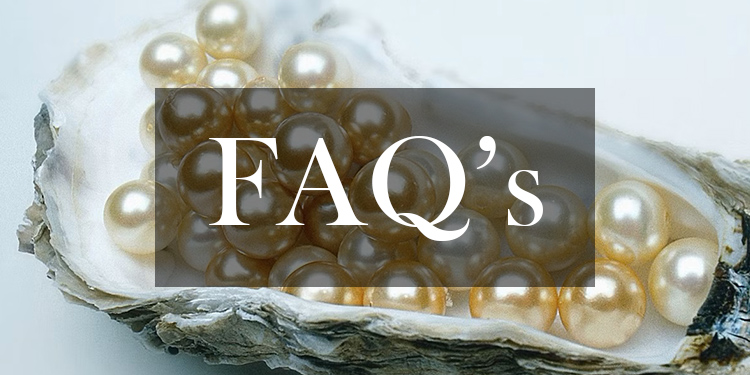
Are cultured pearls real or fake?
Cultured pearls are natural pearls.
They are formed through a human-assisted process where an irritant is introduced into an oyster or mollusk, stimulating the pearl's creation.
Though cultivated, they possess the same organic structure and beauty as natural pearls.
What is the best pearl size for everyday wear?
Pearl sizes ranging from 6mm to 8mm are ideal for everyday wear.
They balance elegance and practicality, complementing various outfits without being overly conspicuous, making them a versatile and stylish choice for daily use.
How can I tell if a pearl has good luster?
To assess good luster in a pearl, look for a radiant, mirror-like sheen on its surface.
A pearl with high-quality luster will reflect light vividly and evenly, indicating its value and desirability.
Which pearl color is the most valuable?
To assess good luster in a pearl, look for a radiant, mirror-like sheen on its surface.
A pearl with high-quality luster will reflect light vividly and evenly, indicating its value and desirability.
Are pearls suitable for men's jewelry?
Absolutely! Pearls are increasingly popular in men's jewelry, exuding sophistication and style.
From classic pearl necklaces to cufflinks and bracelets, men can embrace the elegance of pearls to add a touch of refinement.
Conclusion
With their timeless allure and rich history, Pearls remain a captivating gem cherished by many.
Understanding the different types of pearls, their characteristics, and how to assess their quality is essential for making informed purchases.
Whether you are a first-time buyer or a seasoned enthusiast, exploring the world of pearls with knowledge and confidence will lead to a perfect and meaningful acquisition.
Embrace the enchanting beauty of pearls and embark on a journey of appreciation and elegance with these exquisite gems.


Leave a Comment